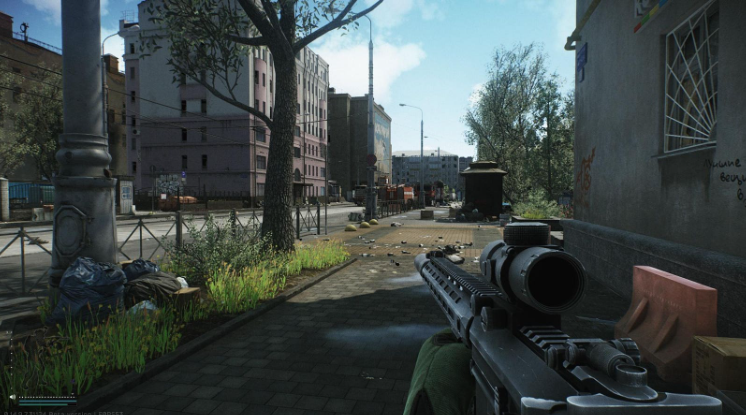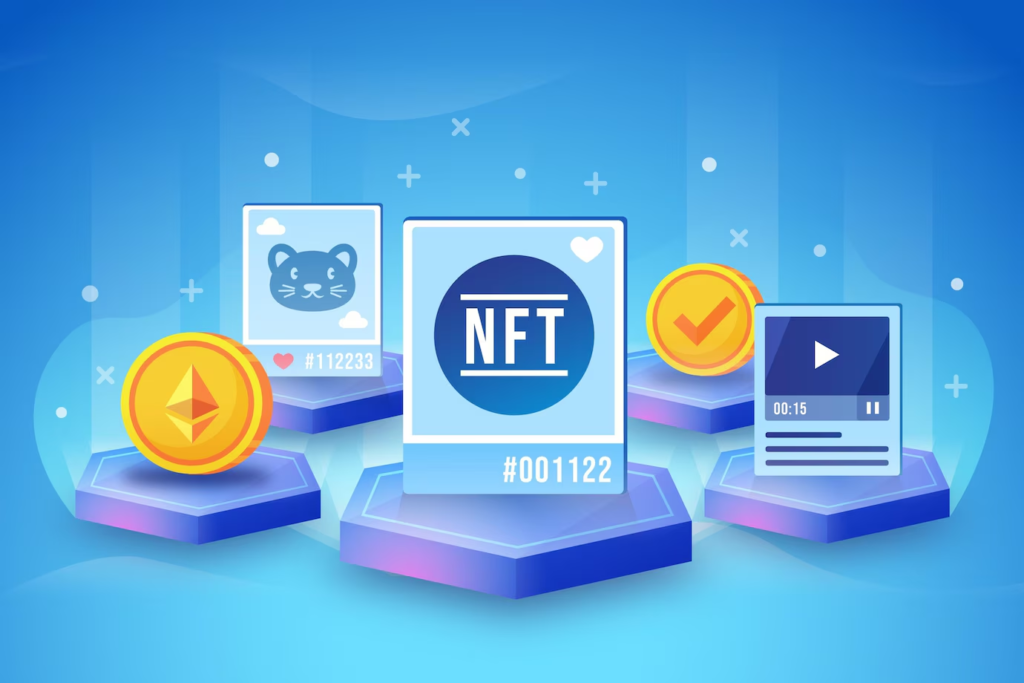
Escape from Tarkov (EFT) is brutal. One wrong step, one mistimed peek, and you’re back to the lobby watching your gear vanish. That high-stakes environment is exactly why some players turn to cheats to level the playing field—or tilt it entirely in their favor. Aimbots, radar hacks, and no recoil scripts are the big three in EFT cheating circles, and each one changes the game in ways most players never see. This isn’t about glorifying cheats. It’s about exposing how they work, why they’re used, and the problems they cause in one of the most punishing shooters on the market.
The Nature of EFT and Why Cheating Thrives
EFT isn’t your average shooter. It’s a hardcore, survival-focused game with permadeath and gear loss baked into its core. You bring in weapons, armor, meds—everything. If you die, someone else takes it all. That intensity creates a competitive pressure few games replicate. And with valuable loot on the line, the temptation to cheat skyrockets.
Escape from Tarkov Cheats isn’t just about winning; it’s about avoiding loss. Every death feels expensive. Every kill is a payday. That’s the economy that fuels the underground world of cheats.
Aimbots: Precision on Demand
What Aimbots Actually Do
An aimbot automates aiming. It locks the user’s crosshair directly onto enemy players, often snapping from target to target with machine precision. In EFT, where realistic recoil, sway, and movement all play a role in gunplay, an aimbot neutralizes those challenges completely.
There are variations—some subtle, some blatant. Silent aim, for example, can register hits without the cheater even aiming directly at the target. Smoothing and humanization features can make aim adjustments appear more natural to avoid detection.
Why It’s Effective in EFT
EFT’s time-to-kill is short. One or two bullets to the head can end a fight. Aimbots exploit that ruthlessly. A cheater with mid-tier gear can wipe squads of experienced players simply by out-aiming them in milliseconds.
What’s worse: Legit players often chalk up these encounters to “getting outplayed” or assume their opponent was just lucky. That ambiguity is part of what makes aimbots hard to spot without a killcam system.
Radar Hacks: God’s Eye View of Tarkov
The Mechanics Behind Radar
Radar hacks provide a top-down or overlay view showing the location of all players, AI, and sometimes loot. Think of it as a constant UAV—one that doesn’t go away, isn’t audible, and doesn’t require line of sight.
These hacks typically read game memory to extract positional data, bypassing what players are supposed to see. Some radar tools even run on separate devices or windows, minimizing the chance of detection.
The Tactical Advantage
In Tarkov, information is survival. Knowing where enemies are lets cheaters avoid ambushes, camp high-traffic routes, or hunt players with surgical precision. Combined with aimbots, radar creates a deadly loop: track the target, line up the shot, delete them instantly.
It also gives cheaters a farming advantage. They can avoid PvP completely, beeline for high-value loot spots, and extract safely—every time. This is how cheating goes from annoying to economy-breaking.
No Recoil Scripts: Stability on Steroids
How They Work
No recoil scripts are usually macros or memory-based cheats that counteract weapon recoil automatically. When you fire, your weapon’s barrel usually climbs. These scripts move the mouse down in perfect sync with the gun’s recoil pattern, or remove it entirely by altering game data.
The result? Full-auto laser beams with zero spray. It turns weapons like the M4 or AK into pin-point accurate tools of destruction, even at range.
In EFT’s Gunplay System
EFT prides itself on realistic weapon handling. Guns sway. They kick. Ammo type, barrel length, and even character stamina affect how controllable a weapon is. Recoil control is a skill—and a tradeoff. Cheaters bypass all of that.
A player with a budget AK can outgun a geared opponent just by holding down the trigger, something that’s almost never viable for legit players. It cheapens the gunplay and erodes one of the game’s core mechanics.
The Cheat Ecosystem: Constant Evolution
Anti-cheat developers are in a cat-and-mouse game. For every detection method, cheat developers push an update. Radar hacks get external overlays. Aimbots add humanization sliders. No recoil scripts get encrypted triggers.
And it’s not just individual players. There are entire businesses built around EFT cheating—offering subscriptions, customer support, even “undetectable” labels. It’s polished, it’s widespread, and it’s incredibly damaging.
Some cheaters don’t even use all tools at once. A smart radar-only user can go unnoticed for weeks, feeding off other players like a silent predator.
Why It’s So Hard to Stop
Technical Challenges
EFT is in beta, still undergoing engine changes and backend overhauls. That makes consistent anti-cheat implementation difficult. Plus, many cheats operate outside of the game’s memory space, making detection tricky.
Battlestate Games has ramped up bans, but detection often lags behind usage. A cheater might use hacks for weeks, even months, before getting banned—if ever.
Reporting Isn’t Always Enough
Without killcams or detailed combat logs, reporting a suspected cheater is a shot in the dark. Players die, assume it was fishy, and hit the report button. But that’s not proof. It’s suspicion. And that’s part of why cheat reports rarely lead to immediate action.
The community often gets gaslit—”You just got outplayed.” It wears people down. It makes players paranoid. And eventually, some just quit.
The Bigger Problem: Eroding Trust
Cheating doesn’t just ruin individual raids. It wrecks the community. When legit players start doubting every death, every gunfight, it kills the thrill that makes Tarkov great. The fog of war becomes frustration. Suspense turns to suspicion.
And then there’s the snowball effect. Once a player gets cheated enough, they either leave—or join the dark side. That’s how cheating grows. It feeds off disillusionment.
What Can Be Done?
Permanent bans help, but they’re not enough. EFT needs server-side validation, stronger heuristics, and transparency with the player base. More importantly, systems like killcams or replay reviews could provide much-needed clarity.
But this also comes down to culture. Tarkov is a punishing game. Some players don’t want to get better—they want shortcuts. Until that mindset changes, cheats will always have a market.
Conclusion
Aimbots, radar hacks, and no recoil scripts aren’t just tools—they’re symptoms of a larger issue in competitive gaming. Escape from Tarkov’s high-stakes gameplay makes it uniquely vulnerable, and cheaters exploit that for gain, ego, or just the thrill of winning without risk.
The more we understand how these tools work, the better we can recognize their impact—and pressure developers to build systems that protect the core experience. Because at its best, Tarkov isn’t about perfect aim or unfair knowledge. It’s about fear, risk, and survival. Cheaters might win the raid, but they ruin the game.



